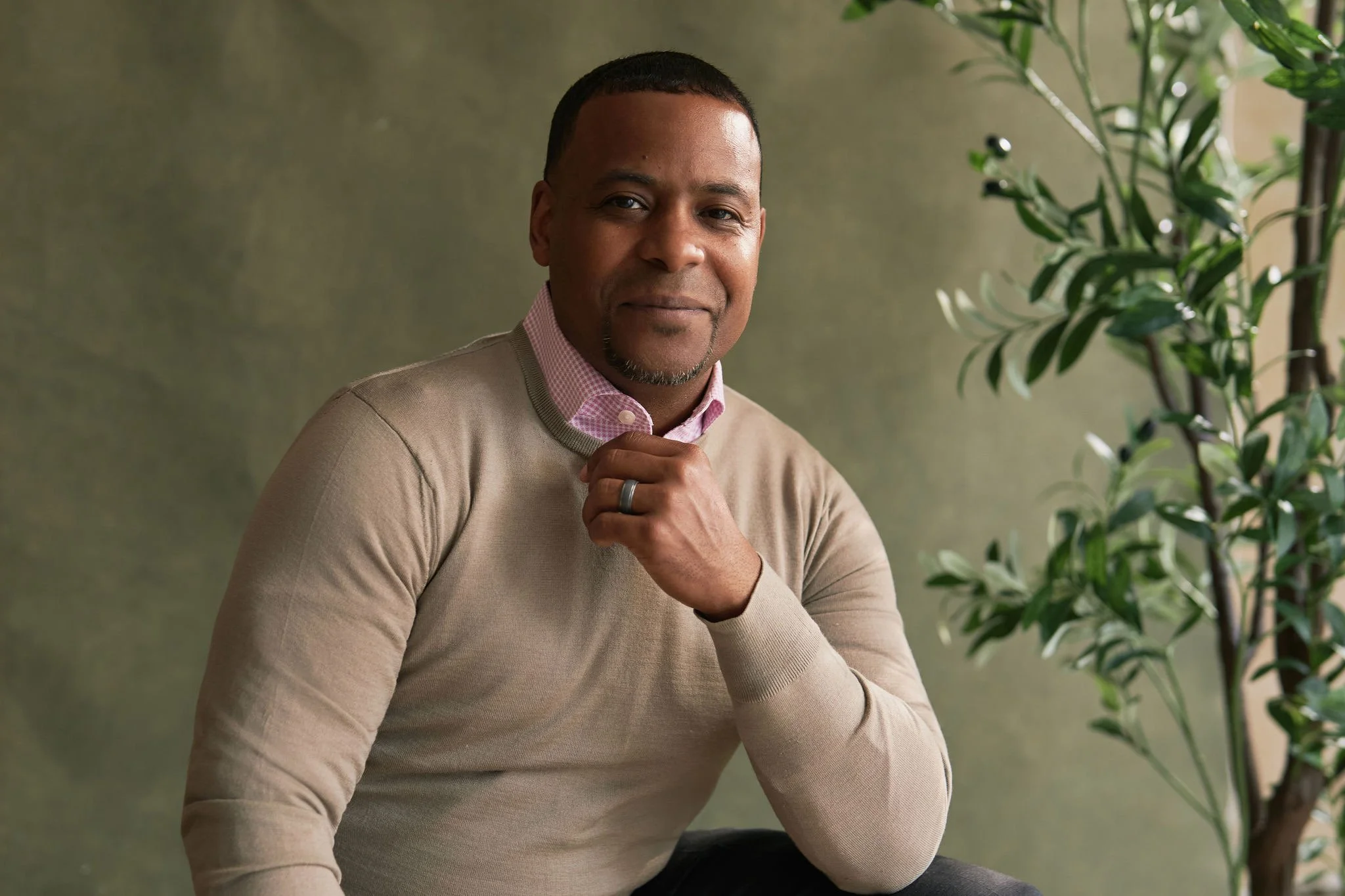Crown & Shadow: The Board Assembled
What chess teaches us about family, balance, and the endurance of a kingdom.
By Germar Reed
Families, like kingdoms, do not rise or fall on love alone. They rise or fall on balance, on the delicate interplay of roles within them, on whether each member leans too far into strength or too deep into shadow, on whether the whole can withstand the tension between preservation and change. If we look closely, we see that every family is a kind of board. Each person, each archetype, carries not only an individual burden but also a structural one: to move in a way that sustains the kingdom.
Chess, perhaps more than any other game, reflects this truth. It has long been described as a model of strategy, a meditation on war, even a metaphor for politics. Yet it is equally a metaphor for family. The King, the Queen, the Bishop, the Knight, the Rook, the Pawn, all of them are less about battle than about belonging. They are pieces of a household. Each holds a role. Each embodies a temperament. And none can survive alone.
The King is the axis, the figure who cannot fall. He is not the strongest piece, nor the fastest, nor the most versatile. His strength lies in presence. He does not rush across the board; he endures at its center. In families, the King archetype often manifests in the figure who holds the line: a father, a grandfather or an elder brother, anyone who has become the silent anchor others depend upon. Their gift is gravity. Their burden is isolation. For to be essential is to be alone, and families often overlook the cost borne by the one who holds everything steady.
The Queen is different. Where the King stays, the Queen moves. She is the most powerful piece on the board, capable of sweeping in any direction, shaping the field through sheer velocity. In households, the Queen archetype often belongs to the one who multitasks, who connects, who bears both authority and exposure. She is indispensable and, because of that, always at risk. Her reach makes her essential, but also vulnerable. If the King embodies constancy, the Queen embodies impact. Families collapse if she is absent too long, yet she collapses if asked to move without pause.
The Bishop travels diagonals. His strength is subtle; his vision is oblique. He sees what others miss, the tensions beneath the surface, the patterns that stretch across the field. In families, Bishops are the ones who notice when conflict is building, when silence has become dangerous, when the cracks in the structure are beginning to matter. Their gift is foresight, but their burden is isolation. They are often dismissed until their warnings become prophecy. Their shadow is abstraction: they may drift so far into vision that they forget the practical demands of the present.
Then comes the Knight, the most disruptive piece on the board. His movement is strange, twisting, unpredictable, leaping over the structures others are confined to. In families, Knights are the challengers: the child who resists tradition, the sibling who experiments, the relative who questions why things must be done as they always have been. Their gift is innovation, a reminder that order without imagination collapses into stagnation. Yet their shadow is recklessness, the temptation to break rules for the sake of breaking them. Families need their leaps, but must also teach them grounding.
The Rook is the fortress. He moves in straight lines, unbending, unwavering. His power lies in structure, in guarding the field, in offering security. Families always need their Rooks, the loyal protectors, the ones who create stability while others experiment or explore. They enforce boundaries, carry traditions, and defend the vulnerable. Yet their shadow is rigidity. If they hold too tightly, they suffocate. If they cling too stubbornly to rules, they mistake stability for life. The Rook’s gift is loyalty; his danger is dogmatism.
And finally, the Pawn. The smallest piece. The one most often sacrificed, the one least likely to be remembered. And yet, the Pawn carries the greatest secret of the board: transformation. If he endures the long march, he may become anything, Queen, Rook, Bishop. No other piece carries this possibility. In families, the Pawn is the beginner, the overlooked child, the one quietly absorbing the atmosphere of the household while trudging forward one square at a time. His journey is unglamorous, but his potential is unmatched. The Pawn is proof that growth is possible even in the humblest beginnings. His shadow is resignation, the temptation to believe he will never be more than expendable.
Taken individually, each archetype offers insight into a particular mode of family life. But the deeper truth of the board is not in the pieces alone. It is in the way they move together.
What destroys families is not usually malice, but imbalance. When one archetype attempts to carry too much, or when one archetype is silenced, the whole structure wobbles. The King without the Queen becomes paralyzed; the Queen without the King burns out. The Bishop without the Knight becomes abstract; the Knight without the Bishop becomes reckless. The Rook without the Pawn becomes rigid; the Pawn without the Rook becomes unprotected. Strengths collapse into shadows when they are forced to act alone.
The health of a family depends not on brilliance, but on choreography. A kingdom is not sustained because the Queen is powerful or the King is steady. It is sustained because each piece carries its gift in proportion, balancing the others, covering their weaknesses, supporting their strengths.
We see this at the dinner table, in the moments when family is most visible. The King’s silence steadies or unsettles the room. The Queen moves swiftly, ensuring everyone is fed, conversations flow, needs are met. The Bishop notices the undercurrents, a tone, a sigh, a hesitation. The Knight interrupts with humor or rebellion. The Rook insists on order: prayer before eating, respect for elders. The Pawn sits quietly, absorbing everything, preparing one day to transform.
What matters is not that each role is flawless, but that each is honored. The friction between them is inevitable. The Queen will clash with the Rook. The Knight will test the King. The Bishop will be ignored until vindicated. The Pawn will resent invisibility. But if each is given room to move, the friction becomes choreography rather than fracture.
The board, then, becomes a mirror. In each of us lives all six archetypes. Some days we are Kings, heavy with responsibility. Some days we are Queens, carrying too much. Some days we are Bishops, sensing what others ignore. Some days we are Knights, breaking patterns. Some days we are Rooks, standing guard. And many days, more than we admit, we are Pawns, trudging forward in anonymity, holding only the hope that one day our persistence will matter.
Families endure when they learn to play the whole board, not just one piece. They endure when each role is recognized, when no one is asked to be everything, when the burden of the kingdom is shared rather than concentrated.
The lesson of chess is not domination. It is balance. It is not the brilliance of one piece, but the integration of all. And the lesson for families is the same. The kingdom does not survive because the King is unbreakable, or the Queen unstoppable. It survives because, despite friction, despite imperfection, despite shadow, the pieces move together.
The board is life. The pieces are us. And the game is not won by any one of them alone. It is won, always, by the family moving as one.
About the Author
Germar is a strategist, storyteller, and student of archetypes. He writes at the intersection of leadership, emotional intelligence, and symbolic power, seeking not to impress, but to illuminate.
His work draws from myth, philosophy, and the quiet disciplines of presence. He believes that true influence begins not with charisma, but with character. You can follow his work at GermarReed.com


